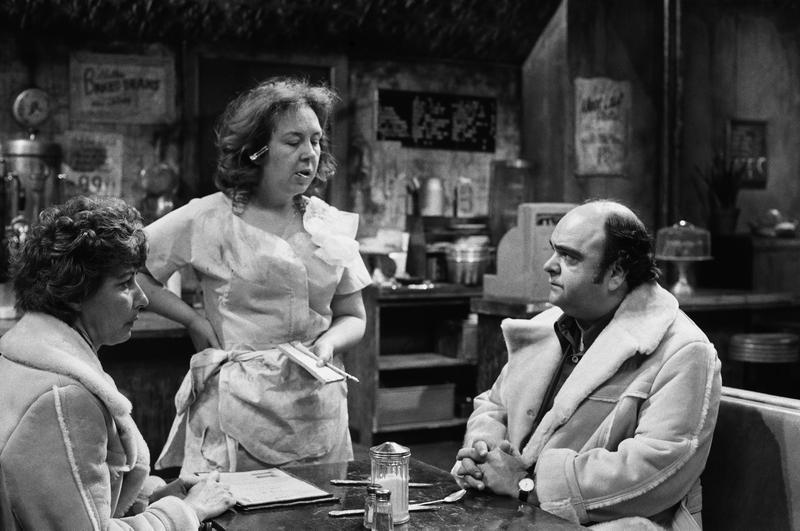Top Jobs In The 1970s: Working 9 To 5
By | August 2, 2018

Although unemployment rose slightly in the 1970s over the previous two decades, companies still demanded skilled and responsible workers to keep the country humming along. The seventies was a unique time for jobs. The women’s lib movement was in full force, yet we still saw jobs divided by genders. The push for more workers’ rights, better working conditions, and better pay meant some industries were plagued by workers’ strikes in the 1970s. And the decade saw a shift from labor and services to technology-based jobs. Take a glimpse into the top jobs of the 1970s.

Men’s Jobs and Women’s Jobs
The results of the women’s rights movement were not readily apparent in the top jobs for men and women in the 1970s. During this time, it seemed, women still gravitated to jobs that were traditionally ‘women’s jobs’ while men held the traditionally male jobs. For women in the seventies, the top jobs were secretaries, teachers, bookkeepers, waitresses and nurses. For men, that list included managers, truck drivers, production workers, carpenters and farmers. It was still an oddity to see a female truck driver, for instance, or a male nurse.

The Seventies Were a Time of Workers’ Strikes
During the 1970s, several industries were hit with workers’ strikes resulting from labor disputes and unemployment increases. Truck drivers, postal workers and miners were often involved in strikes as a way to draw attention to the working conditions. A ten-day strike by truck drivers in 1979 threatened to cripple commerce and, in 1970, more than 200,000 post office workers walked off the job and onto the picket lines.

New Jobs in Emerging Fields
A shift occurred in the 1970s which moved jobs away from fields like agriculture and production and opened up jobs in the technology sector. Microprocessors, VCR, home computers and video gaming systems all meant that jobs in previously-unknown sectors were opening up for American workers. With the increase in tech jobs came an increase in basic educational requirements for employees. A high school diploma was no longer enough to secure a good paying job in a new and emerging field. Workers needed a college education more than ever before.

Jobs on the Decline
During the 1970s, some jobs saw a noticeable decline, such as coal mining, telephone operators, farming, and construction. Unemployment was highest in these sectors. Less and less people were employed in jobs that produced goods, like factory jobs, as automation took over.

Pop Culture Glamorized Some Jobs
TV shows that showcased specific jobs helped to glamorize certain fields of work in the 1970s. Several trucking movies and shows, such as “BJ and the Bear”, painted the long-haul trucker as a modern-day gypsy. Everyone wanted to be a paramedic after watching “Emergency” and TV’s “Alice” made working as a waitress in a diner seem like a great career choice. Of course, watching “The Love Boat” made more people aware of job opportunities on cruise ships.

A Lot of Work for a Little Pay
In the first few years of the 1970s, the average American earned about $7,500 per year. By the end of the decade, that amount rose to about $11,500. Today’s workers average nearly five times that. The blue collar jobs that, today, earn significantly less than white collar jobs, were more competitive.
